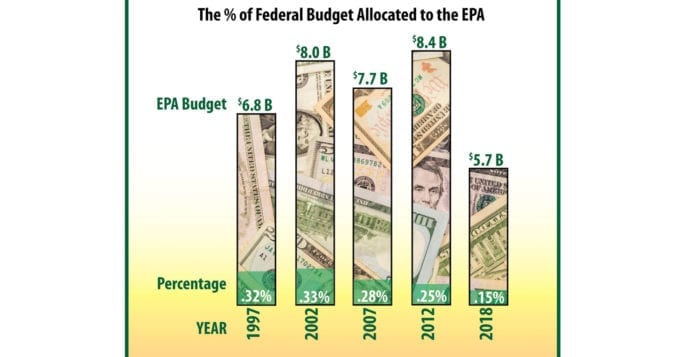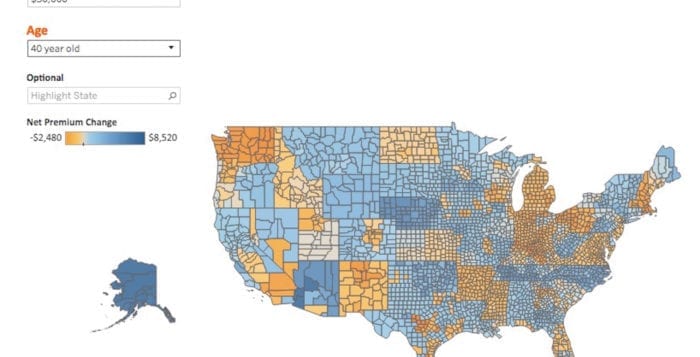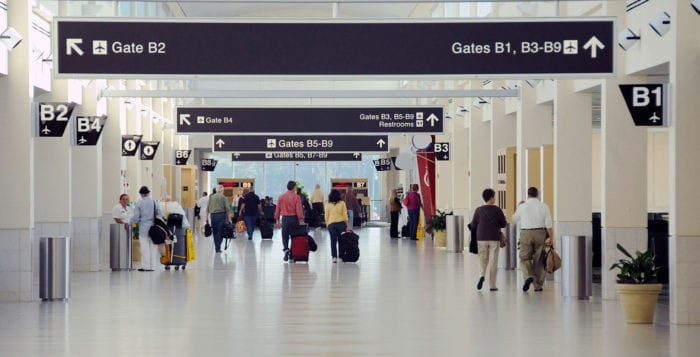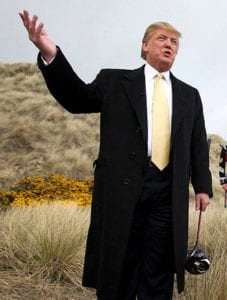The United States Environmental Protection Agency was founded in 1970 to do as its name suggests; protect the environment. However, if the words and actions of the new administration in the White House are to be believed, it might be the agency that needs protection.
In President Donald Trump’s (R) 2018 budget blueprint released March 16, among many other funding cuts at the hands of a $54 billion increase in defense spending, was a proposed $2.6 billion cut to the EPA’s budget and 3,200 fewer jobs at the agency.
“The budget for EPA reflects the success of environmental protection efforts, a focus on core legal requirements, the important role of the states in implementing the nation’s environmental laws, and the president’s priority to ease the burden of unnecessary federal regulations that impose significant costs for workers and consumers without justifiable environmental benefits,” the blueprint said.
Trump’s blueprint also calls for the discontinuation of funding for the Clean Power Plan, international climate change programs and climate change research, a plan the blueprint lauds because of the more than $100 million in savings it will mean for American taxpayers. The Clean Power Plan was a 2015 Obama administration initiative that aimed to reduce carbon pollution from power plants, a decision the EPA called historic at the time. Trump signed an executive order March 28 to initiate a review of the Clean Power Plan and scale back enforcement of other climate regulations on businesses. During a press briefing March 28 by White House Press Secretary Sean Spicer, he declined to answer a question about whether the president still believes climate change is a “hoax,” an assertion he made in the past.
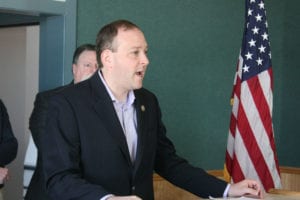
The blueprint also calls for the elimination of 50 EPA programs, which will save taxpayers another $347 million. Some of those programs include Energy Star, created to promote energy efficiency in consumer products, homes and businesses; Targeted Air Shed Grants, established to help local and state pollution control agencies in developing projects to reduce pollution; and the Endocrine Disruptor Screening Program, which screens the effects of chemicals and pesticides on humans’ endocrine systems. Their grants would be zeroed out in Trump’s budget. Cuts would also come in the tune of $250 million to the National Oceanic and Atmospheric Administration, targeting grants and programs for coastal and marine management, research and education.
Furthermore, Trump selected former Oklahoma Attorney General Scott Pruitt to serve as administrator for the EPA, a man who repeatedly expressed his skepticism of climate change in the past. But during his confirmation hearing before the U.S. Senate Committee on Environment and Public Works in January Pruitt denied the president’s claim that climate change is a hoax.
“As I have repeatedly emphasized in my testimony to this body and elsewhere, promoting and protecting a strong and healthy environment is among the lifeblood priorities for the government, and EPA is vital to that mission,” Pruitt said during his opening statement during the hearing. “If confirmed as Administrator, I am committed to ensuring EPA’s decisions are conducted through open processes that take into account the full range of views of the American people, including the economic consequences of any regulation.”
During the hearing Pruitt also admitted to being involved in 10 lawsuits against the EPA in the past.
U.S. Sen. Tom Carper (D-Delaware) a member of the committee, joined the rest of the Democrats on the committee in abstaining from the vote to confirm Pruitt. The Republican senators voted 11-0 to approve him.
“I have shared with Mr. Pruitt, and I will share with my colleagues today, that too much of what I have seen of his record of the environment and his views about the role of EPA are troubling, and in some cases deeply troubling,” Carper said.
U.S. Sen. James Inhofe (R-Oklahoma) was among Pruitt’s supporters on the committee.
“It is my belief that Attorney General Pruitt will return the Environmental Protection Agency to its proper role as a steward for the environment, acting within the bounds prescribed by Congress and the Constitution,” he said.
U.S. Rep. for New York’s First District Lee Zeldin (R-Shirley), a fervent Trump ally in the House, opposed proposed cuts that would slash federal funding for programs designed to protect the Long Island Sound and Peconic Estuary.

“While we have made great efforts to protect the Long Island Sound and Peconic Estuary so far, there is still so much more we can do to ensure these natural treasures are safeguarded for generations to come,” he said. “We must now redouble our efforts to protect the quality of our waterways, which are depended upon by millions of people. I am committed to making sure they remain funded, supported and preserved.”
Zeldin and Third District U.S. Rep. Tom Suozzi (D-Glen Cove) were named co-chairs of the bipartisan Congressional Long Island Sound Caucus earlier this month. Suozzi responded to Trump’s Clean Power Plan executive order in an emailed statement.
“This executive order unravels important measures that are meant to keep the air we breathe clean for families and children,” he said. “Keeping our environment safe is not a partisan issue. As co-chair of the bipartisan Long Island Sound Caucus and a member of the bipartisan Climate Solutions Caucus, we need to work together to protect our ever-changing climate. Today’s actions go too far.”
In his 2016 campaign for congress, Suozzi was endorsed by the Long Island Environmental Voters Forum, a grassroots nonprofit created to identify, recruit, endorse and actively campaign for pro-environment candidates for public office.
If Trump’s plan to cut funding for the EPA comes to fruition, the agency would be operating with less money in federal funding than any year since 1990.
Rob Freudenberg, vice president of energy and environment for the Regional Planning Association, a New York-based independent urban research and advocacy organization, addressed Trump’s environmental agenda in a phone interview.
“I think the Trump administration has proposed to increase defense and safety spending at the expense of other programs,” he said. “I have to just question, is it not safety and defense to invest in climate adaptation, coastal studying, reduction of climate change? We are concerned about the approach taken in the blueprint and I think it’s really up to congress to take a stand on these issues. As the budget blueprint stands today it would deal a serious blow to any progress we’ve made in terms of climate adaptation.”

